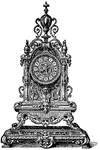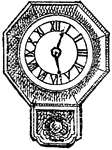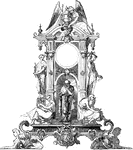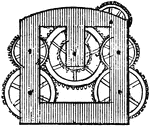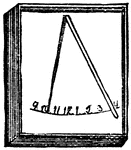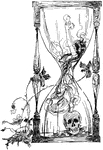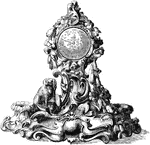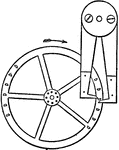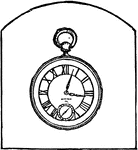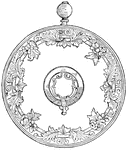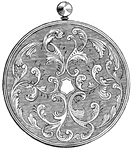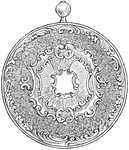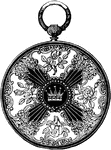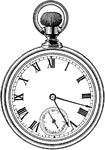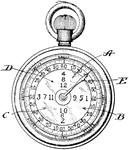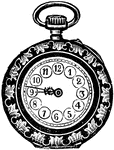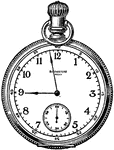The Clocks, Watches, and Sundials ClipArt gallery offers 61 illustrations of time-keeping devices and related images. For views of many clock faces for time-telling activities, please see the Miscellaneous Clock Faces ClipArt gallery in the Mathematics section.
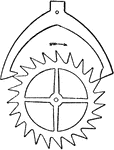
Anchor Escapement
In horology, the recoil or anchor escapement is a type of escapement used in pendulum clocks. An escapement…

Clock
This clock is engraved and used as a centerpiece to a candelabrum. The figures are made of bronze and…

Clock
This clock is made out of bronze with a design of a group of figures supporting a starry globe, with…

Long Case Clock
A longcase clock, also tall-case clock, floor clock, or grandfather clock, is a tall, freestanding,…
Barocco Clock-Case
The Barocco clock-case of the 17th century had a case for protecting the interior work against dust…

Modern Clock-Case
This Modern clock-case was made with metal ornaments. It was Dome-shaped and crowned by a small bell-turret.

Modern Clock-Case
This Modern clock-case had a hanging-case intended for both weight and pendulum clocks.

Toilet-Stand Clock-Case
This Toilet-stand clock-case was made during the German Renaissance in 1597. A slender tall cabinet,…

Toilet-Stand Clock-Case
This Toilet-stand clock-case was made during the German Renaissance. Made of various colored wood, it…
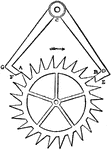
Deadbeat Escapement
The deadbeat has a second face on the pallets, called the 'locking' face, with a curved surface concentric…
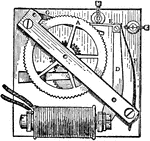
Dial Driving Device
An illustration of Hope Jone's dial-driving device. "Each time that a current is sent by the master…
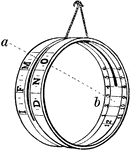
Ring Dial
A kind of portable sundial, consisting of a metal ring, broad in proportion to its diameter, and having…
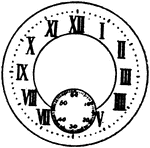
Watch and Clock Dial
This dial features a clock face which is the part of an analog clock that displays the time through…

English House Clock
"A front view of a common English house clock with the face taken off, showing the repeating or rack…

Lever Escapement
"Waltham Lever Escapement. A device for the governing of speed is the one thing on which accurate time…

Bloxam's Gravity Escapement
A gravity escapement uses a small weight or a weak spring to give an impulse directly to the pendulum.…
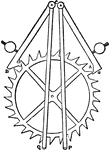
Mudge's Gravity Escapement
A gravity escapement uses a small weight or a weak spring to give an impulse directly to the pendulum.…
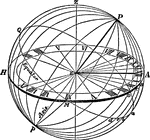
Horizontal Dial
The chief advantages of the horizontal sundial are that it is easy to read, and the sun lights the face…
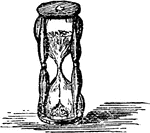
Hour-glass
An instrument for measuring time, especially the interval of an hour, by the running of sand out of…
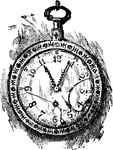
Martha Washington's Bridal Watch
Watch belonging to Martha Custis Washington (June 2, 1731 – May 22, 1802), the wife of George…
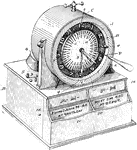
Memograph Clock
A Memograph is a clock that is designed to make a loud sound at a specific time. The primary use of…

Pendelum
A body so suspended from a fixed point as to swing freely to and fro by the alternate action of gravity…
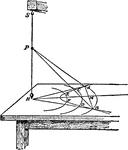
Polar Dials
In polar dials, the shadow-receiving plane is aligned parallel to the gnomon-style. Thus, the shadow…
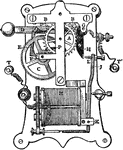
Electrical Remontoire
An electrical remontoire can be either a gravity or spring type. In it, the weight or spring is rewound…

Sundial
A sundial is a device that measures time by the position of the Sun. In common designs such as the horizontal…
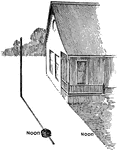
Modern Sundial
"A form of Sun-dial that is as god to-day as any dial for determining noon." -Bodmer, 1917
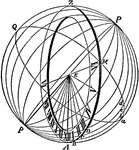
Vertical South Dial
In the common vertical dial, the shadow-receiving plane is aligned vertically; as usual, the gnomon's…

Brooch Watch
This brooch watch is designed to be pinned on a garment. It shaped in a snake that is formed into a…

Châtelaine Watch
The chatelaine watch is designed to fit in a pocket. It is designed with decorative chains.
Chatelaine Watch
The chatelaine watch is designed to fit in a pocket. It is designed with decorative chains.
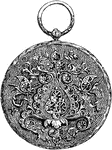
Pocket Watch
This pocket watch has a unique design on its back of leaves and circles. The circular handle at the…

Pocket Watch
This pocket watch has a unique design of a figure head in the center and scrolls of leaves all around.…

Pocket Watch
This pocket watch has a simple floral design. The circular handle at the top of the watch allows it…
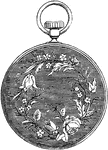
Pocket Watch
This pocket watch has a simple floral design. The circular handle at the top of the watch allows it…
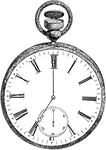
Pocket Watch
This pocket watch has a circular handle at the top of the watch allowing it to be attached to a waistcoat,…
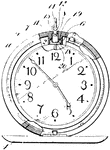
Self Winding Watch
This stem winding watch is a mechanical watch which is wound automatically by the natural motion of…

